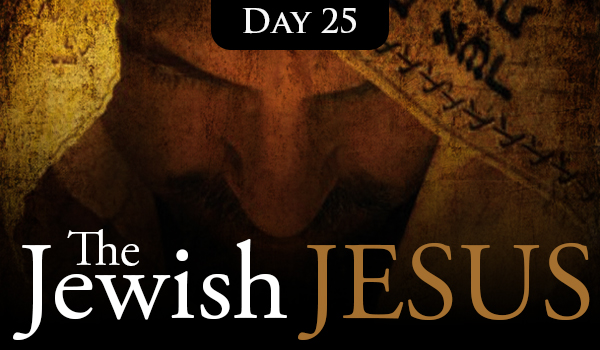
On the first day of the Festival of Unleavened Bread, when it was customary to sacrifice the Passover lamb, Jesus’ disciples asked him, “Where do you want us to go and make preparations for you to eat the Passover?”
Mark 14:12
As Christians, we remember Jesus’ death on the cross with communion: the cup representing His shed blood for our sins, and the bread symbolizing His body that was broken (1 Corinthians 11:23–26). Let’s look at the overall menu today because we usually imagine Jesus and the disciples having wine and crackers. Or in many western churches today, grape juice and cubed pieces of bread!
As mentioned yesterday and in the verse above, the Last Supper took place at Passover. This was followed by the Feast of Unleavened Bread. During this feast, God’s people ate bread without yeast for one week. This is called matzah, and can be found in grocery stores today. Yeast symbolized sin, and the Jewish people were recognizing the need to purge it from their homes and hearts.
Let’s take a deeper look at this Passover meal. I covered the topic of the so-called “Holy Grail” on Day 21 in Digging Deeper. In it I mentioned that there was not one cup, but four used at the annual Passover meal and, subsequently, at the Last Supper. The four cups represented the four “I will” promises of God in Exodus 6:6–7 to deliver His people out of Egypt: “I will bring you out”, “I will free you”, “I will redeem you”, and “I will take you”. Jesus fulfilled the meaning behind each cup. You can study this further on your own, but you can surmise how He fulfilled each one.
As far as the meal itself, Exodus 12 is instructive. It included “meat roasted over the fire, along with bitter herbs, and bread made without yeast” (Exodus 12:8). The lamb had to be without blemish, and the preparation process of the body was crucial. Other elements have been added to the meal over time, such as an apple mixture, eggs, and vegetables dipped in salt water. Each dish carries more symbolism about Hebrew/Jewish history and the life of Jesus, which merits your further study.
The purpose for today’s devotional is to help us break out of a poor understanding of the Last Supper. In reality, it was a full meal with rich and somber meaning, and was eaten in a reclined position as was the custom (Matthew 26:20).
Likewise, we should approach the communion table with the understanding and respect it deserves. Then, we must examine our hearts, remove sin from our lives, and express gratitude for the Lamb’s sacrifice.